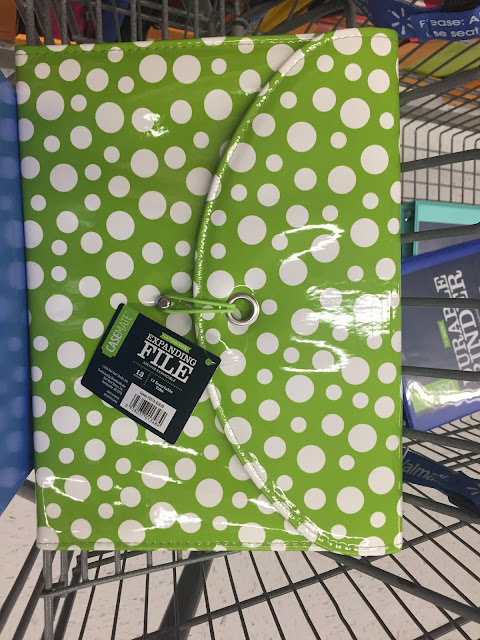I realized pretty early on that my students did not have a
very strong understanding of fractions.
They did not see fractions as numbers.
They didn’t understand that fractions hold a value.
I immediately went to Pinterest looking for a hands on activity
that would allow my students to discover the connection between all these
fractions without my having to tell them.
I kept coming across this pin.
It needed some changes to work for my students, but isn’t
that what we teachers do best?
I divided my students into groups of 5 to 6. This gave me 3 to 4 groups in each
class.
I gave each group a piece of calculator tape. I did not measure these exactly but they were
all approximately 80”. Students measured
5” from each end and drew a vertical line.
This left 5” of empty space on each end.
They then used a meter stick to mark every inch between those two
vertical lines creating a number line.
They then glued their tape paper onto a big piece of
bulletin board paper.
Once that was accomplished I asked students to find the
half-way point. They wrote ½ on an index
card and glued it in the correct location.
The next steps was marking the thirds and sixths.
Our goal was to label everything up to twelvths but after
four days of working on these I decided my students had gotten all they were
going to get from them. They had gotten
more than I had hoped they would.
I was doing a happy dance on the inside as I walked around
listening to the conversations my students were having as they tried to
determine where the index cards went. It
was a very PROUD moment. Students
discovered on their own that ¼ was half of ½ and 1/8 was half of ¼. They discovered that 1/6 was half of
1/3. They realized that when working
with unit fractions the number decreased in value as the denominator
increased.
I was a little concerned about the size of the groups, but I
also didn’t want 7 pieces of bulletin board paper in each of my 3 classes. For the most part it worked out quite
nicely. My students worked well
together. I think having the larger
groups really helped the conversation that took place.
This is definitely a project that I will be doing again next
year.

























